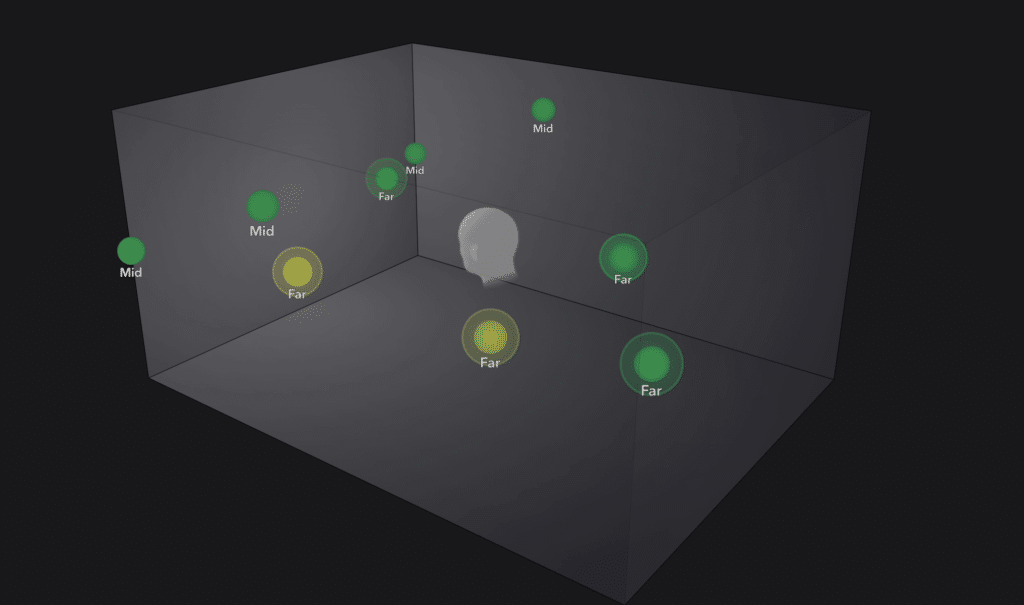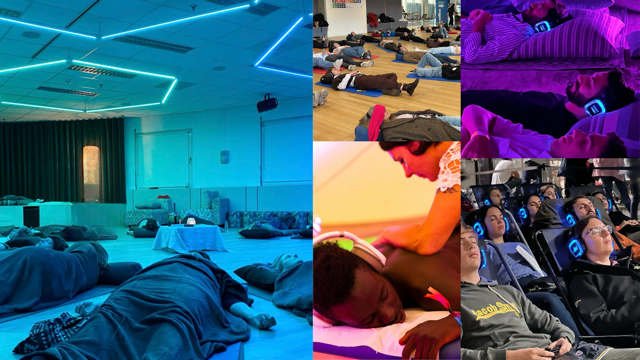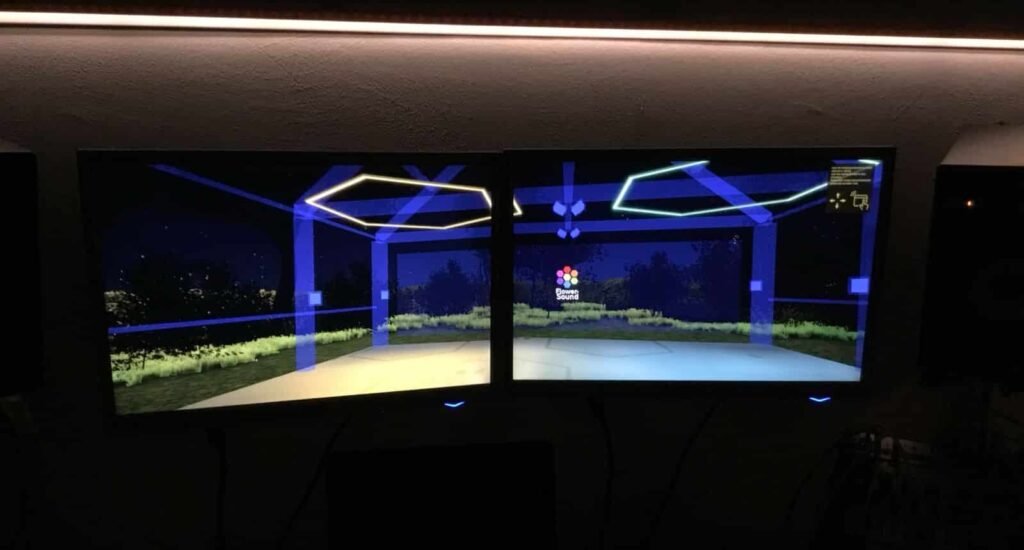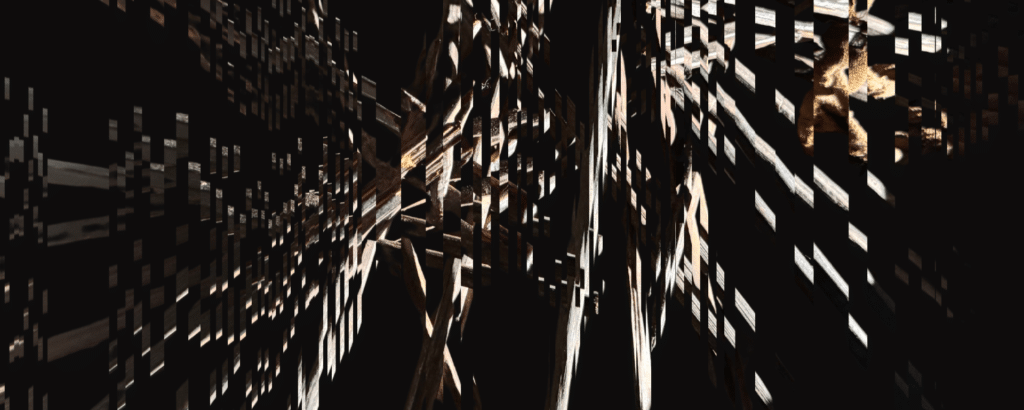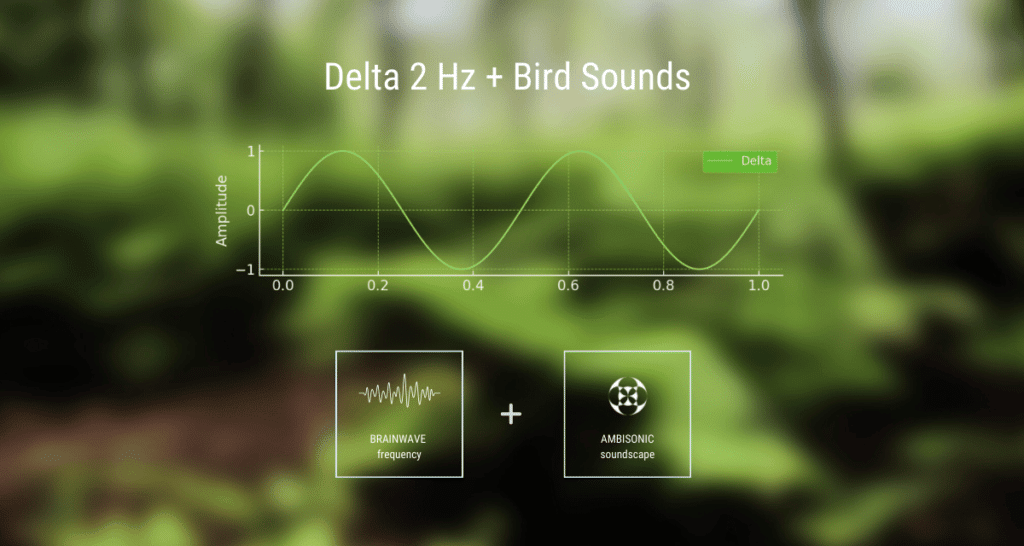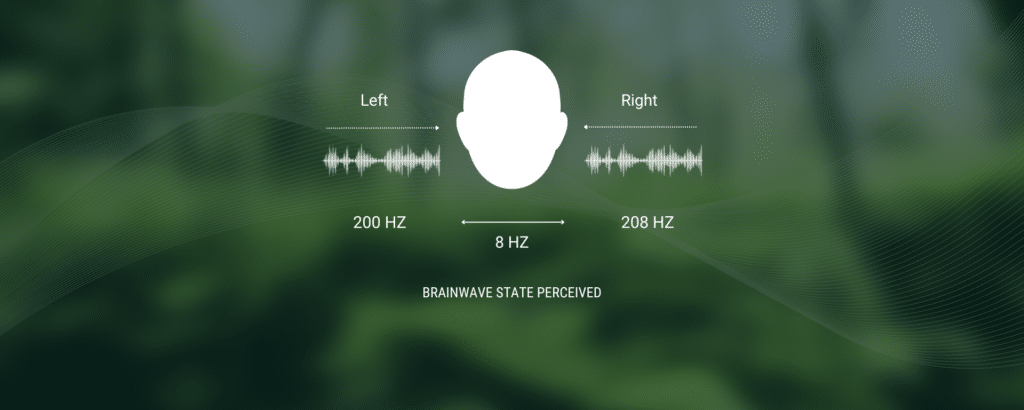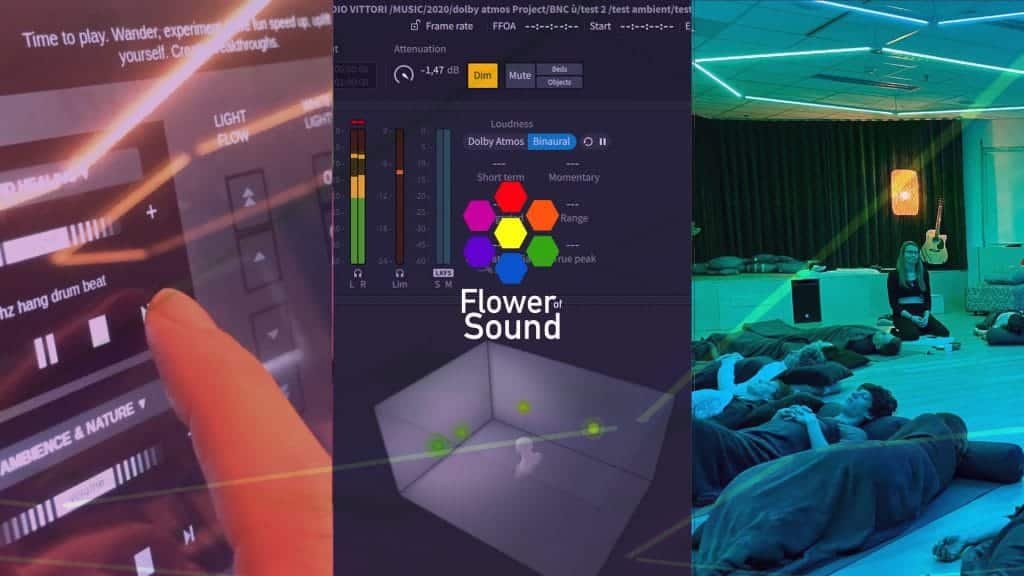A simple yet rigorous introduction
Talking about spatial audio, also called 3D audio, there is often confusion between technical terms, commercial formats, and immersive technologies. This article series aims to provide clarity about Spatial Audio without compromising accuracy and to help people understand what it really means to listen in space or 3D.
Spatial Audio
To begin with, sound is always in space. Every sound we perceive in the real world has a position, a distance, and a sense of movement. Think of listening to a bird in a tree 3 meters behind you, a plane flying over, or someone talking who walks towards you. Audio that is specialized tries to recreate this natural listening experience and not force it into something more abstract, like mono or stereo. The difference in creating and listening in 3D Audio is not just technical; it is perceptual.
What is Mono?
Mono sound is a single signal, identical for both ears. No depth, no direction.
What is Stereo?
Stereo, which became popular in the 1960s, introduced the first form of spatial distribution on a horizontal axis, from left to right. This is what we typically hear through headphones or a pair of speakers.
What is Multichannel Audio?
The next step was multichannel audio, developed in the 1950s through early experiments by Karlheinz Stockhausen and other electronic composers. From quadraphonic setups to circular speaker arrays, this led to what we now call surround systems, such as 5.1 or 7.1. This simply means that each speaker (= channel) can emit a different sound.
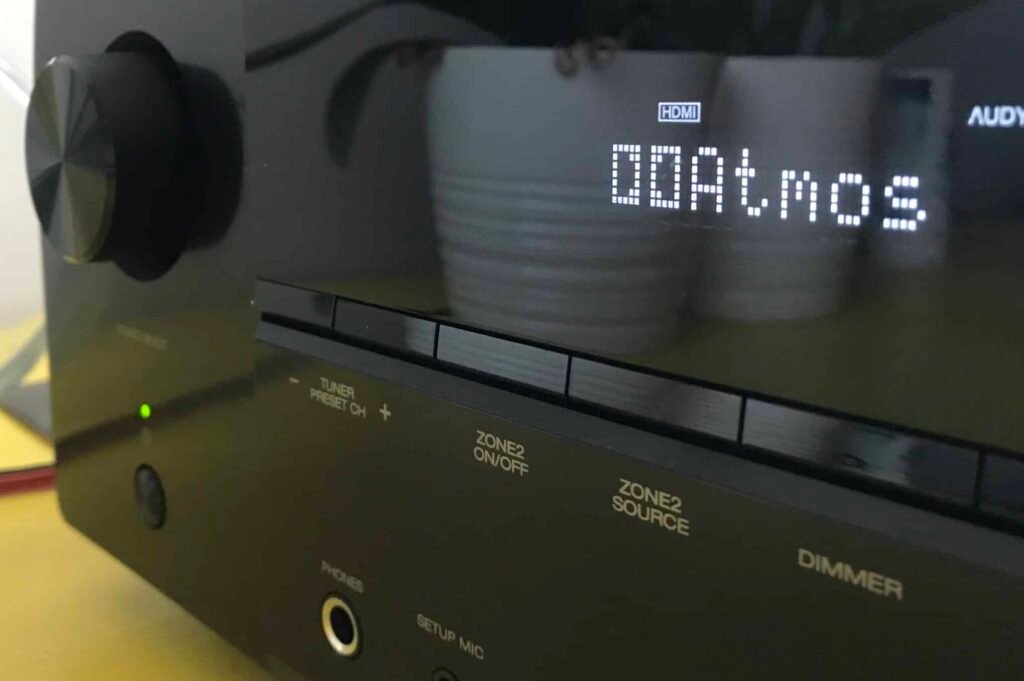
What is 3D audio / Spatial Audio?
However, only with the emergence of technologies like Ambisonics, binaural spatialization and Wave Field Synthesis do we enter a truly three-dimensional (3D) or spatial domain. These systems are designed to reproduce direction, distance and movement of sounds with accuracy. A specific sound can therefore be placed into the space between the speakers. This is what is technically call spatial audio.
What is Immersive Audio?
The term immersive audio has a broader meaning. It includes spatial audio but extends beyond it. Immersive audio refers to any listening experience in which the listener is surrounded by sound in a way that engages them more deeply. It is often used in the context of installations, virtual environments, sound therapies, or multi-sensory artworks.
More on Spatial Audio
In short, spatial audio is not a special effect or a sound upgrade. It is a listening mode that gives sound back its natural spatial dimension. It is the natural way to listen. Today we find it in Dolby Atmos films, in games with head tracking, in meditation apps, in VR experiences, and even in mobile devices and installations.
Beyond the music
For those who work with sound, this means thinking not just about the music in general but also about the form and behavior of the sound in space. For those who listen, it is an invitation to connect with sound in a more direct, open, and natural way. It’s therefore that we use Spatial Audio for all our sonic tools as it amplifies the benefits.

